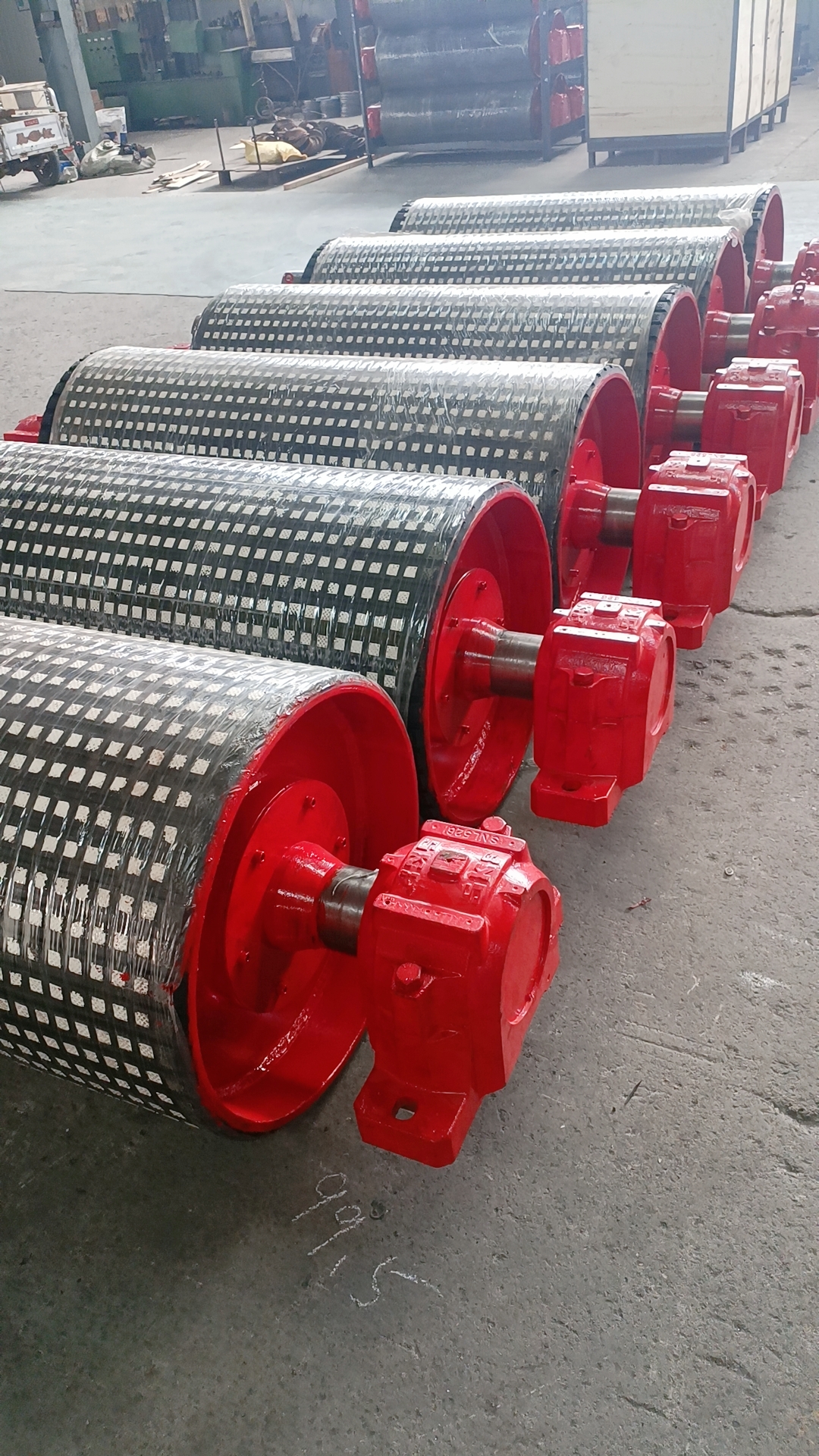 Afrikaans
Afrikaans  Albanian
Albanian  Amharic
Amharic  Arabic
Arabic  Armenian
Armenian  Azerbaijani
Azerbaijani  Basque
Basque  Belarusian
Belarusian  Bengali
Bengali  Bosnian
Bosnian  Bulgarian
Bulgarian  Catalan
Catalan  Cebuano
Cebuano  Corsican
Corsican  Croatian
Croatian  Czech
Czech  Danish
Danish  Dutch
Dutch  English
English  Esperanto
Esperanto  Estonian
Estonian  Finnish
Finnish  French
French  Frisian
Frisian  Galician
Galician  Georgian
Georgian  German
German  Greek
Greek  Gujarati
Gujarati  Haitian Creole
Haitian Creole  hausa
hausa  hawaiian
hawaiian  Hebrew
Hebrew  Hindi
Hindi  Miao
Miao  Hungarian
Hungarian  Icelandic
Icelandic  igbo
igbo  Indonesian
Indonesian  irish
irish  Italian
Italian  Japanese
Japanese  Javanese
Javanese  Kannada
Kannada  kazakh
kazakh  Khmer
Khmer  Rwandese
Rwandese  Korean
Korean  Kurdish
Kurdish  Kyrgyz
Kyrgyz  Lao
Lao  Latin
Latin  Latvian
Latvian  Lithuanian
Lithuanian  Luxembourgish
Luxembourgish  Macedonian
Macedonian  Malgashi
Malgashi  Malay
Malay  Malayalam
Malayalam  Maltese
Maltese  Maori
Maori  Marathi
Marathi  Mongolian
Mongolian  Myanmar
Myanmar  Nepali
Nepali  Norwegian
Norwegian  Norwegian
Norwegian  Occitan
Occitan  Pashto
Pashto  Persian
Persian  Polish
Polish  Portuguese
Portuguese  Punjabi
Punjabi  Romanian
Romanian  Russian
Russian  Samoan
Samoan  Scottish Gaelic
Scottish Gaelic  Serbian
Serbian  Sesotho
Sesotho  Shona
Shona  Sindhi
Sindhi  Sinhala
Sinhala  Slovak
Slovak  Slovenian
Slovenian  Somali
Somali  Spanish
Spanish  Sundanese
Sundanese  Swahili
Swahili  Swedish
Swedish  Tagalog
Tagalog  Tajik
Tajik  Tamil
Tamil  Tatar
Tatar  Telugu
Telugu  Thai
Thai  Turkish
Turkish  Turkmen
Turkmen  Ukrainian
Ukrainian  Urdu
Urdu  Uighur
Uighur  Uzbek
Uzbek  Vietnamese
Vietnamese  Welsh
Welsh  Bantu
Bantu  Yiddish
Yiddish  Yoruba
Yoruba  Zulu
Zulu Innovative Techniques for Optimizing Lagged Drum Pulley Performance in Mechanical Systems
Understanding Lagged Drum Pulleys and Their Importance in Industrial Applications
In the realm of mechanical engineering and industrial equipment, the lagged drum pulley plays a pivotal role in various applications, particularly in belt-driven systems. This component is integral to the functionality of conveyors, elevators, and numerous machinery where the efficient transmission of power and movement is essential.
A drum pulley, in essence, serves as a cylindrical device around which a belt is wound, facilitating the transfer of rotational motion. When enhanced with lagging – a layer of material adhered to the surface – the pulley not only improves grip and traction but also increases the overall durability and lifespan of the equipment. This article delves into the significance, various types, and applications of lagged drum pulleys.
The Importance of Lagging
Lagging is crucial in a drum pulley for several reasons. First and foremost, it provides increased friction between the drum and the belt, which is vital for effective power transmission. As the belt wraps around the pulley, enhanced grip prevents slippage, ensuring that the belt moves in sync with the rotation of the pulley. This is particularly critical in applications that involve heavy loads, as slippage can lead to inefficiencies and potential mechanical failure.
Moreover, lagging protects the surface of the drum pulley from wear and tear. With continuous operation, the unprotected drum can suffer from abrasion, leading to costly repairs and downtime. By utilizing materials such as rubber, polyurethane, or ceramic for lagging, industries can greatly extend the life of their pulleys while minimizing maintenance costs.
Types of Lagged Drum Pulleys
There are several types of lagged drum pulleys, each designed to cater to specific industrial needs.
lagged drum pulley

1. Rubber Lagged Pulleys These are the most common type, providing excellent traction and wear resistance. Rubber lagging is versatile and can perform well in both wet and dry conditions, making it suitable for various applications.
2. Ceramic Lagging Known for its high resistance to wear and ability to operate under extreme conditions, ceramic lagged pulleys are often used in environments with heavy loads and abrasion, such as mining and quarrying operations.
3. Polyurethane Lagging This option is becoming increasingly popular due to its ability to maintain its properties over time while providing a good grip. Polyurethane is known for its durability and flexibility, making it suitable for dynamic applications.
Applications of Lagged Drum Pulleys
Lagged drum pulleys find extensive applications across industries. In mining operations, for instance, these pulleys are crucial for transporting extracted materials via conveyor belts. The added grip from lagging helps in handling heavy ores and ensures smooth operation even under strenuous conditions.
In manufacturing facilities, lagged pulleys are utilized in assembly lines and material handling systems. They facilitate the movement of products and components efficiently, thus optimizing production processes. Furthermore, in the agriculture sector, these pulleys are employed in equipment like seeders and harvesters, ensuring that operations run smoothly and efficiently.
Conclusion
In summary, lagged drum pulleys are an essential component in many industrial applications, providing enhanced traction, protection against wear, and increased efficiency. As industries continue to evolve, the demand for high-performance lagged pulleys will likely grow, spurring innovations and advancements in materials and designs. Understanding the significance of these components is crucial for professionals in the field, ensuring they can maximize productivity and minimize downtime in their operations. Whether in mining, manufacturing, or agriculture, the role of lagged drum pulleys cannot be underestimated in the successful execution of industrial tasks.
-
Revolutionizing Conveyor Reliability with Advanced Rubber Lagging PulleysNewsJul.22,2025
-
Powering Precision and Durability with Expert Manufacturers of Conveyor ComponentsNewsJul.22,2025
-
Optimizing Conveyor Systems with Advanced Conveyor AccessoriesNewsJul.22,2025
-
Maximize Conveyor Efficiency with Quality Conveyor Idler PulleysNewsJul.22,2025
-
Future-Proof Your Conveyor System with High-Performance Polyurethane RollerNewsJul.22,2025
-
Driving Efficiency Forward with Quality Idlers and RollersNewsJul.22,2025





























